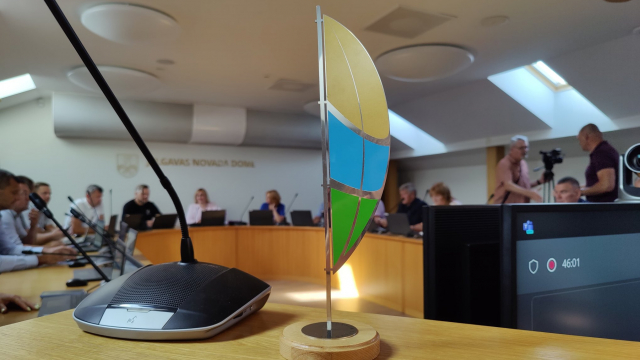This year a long-standing dream of the now-deceased granddaughter of Latvia’s first President Jānis Čakste finally came true - to erect memorial plaques engraved with the names of all of those who were shot there.
The now snowy road through the forest was the last one these 443 residents of the Ģintermuiža Hospital ever saw. Here in the thick of the woods on January 8, 1942 they were shot for the ‘crime’ of being sick.
“When the Germans came in there were orders sent, whoever had relatives in there, to get them out within two or three days. Our distant relation also had next of kin there, but by the time she got the news… There was no postal service, the news came by horse. And by the time the horse got to Jelgava, it was all over…” Andrejs Purmalis from Eleja was informed enough about the event to relate.
Jelgava resident Antra Skuja shares her childhood recollections: “We were small, our parents took us here but you couldn’t talk about things just so. Mom talked and showed us the spots where they were shot. Then all those bullet holes were visible. That was in the sixties.”
For many years many close kin never knew where the remains of their loved ones lay. Now there is a memorial ensemble erected here as well as four memorial plaques engraved with the names of all of the victims. Thus doctor Inta Čakste’s long-held hope has come true. The fact that she gathered the names of every last one of them from the archives, but herself has already joined them in heaven for three years already, it seemed very good to do this in her memory, too,” explained artist Viesturs Amats.
The plaques are made from material made in Sweden. Their creation was made possible by donations from private individuals, the bulk of which came from Inta Čakste’s family.





























